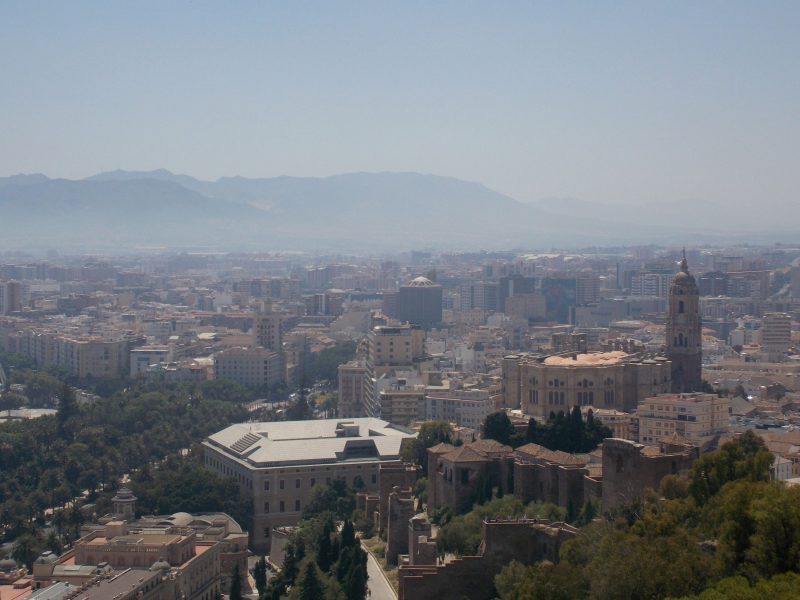What to See in Toledo, Spain?
Toledo is one of the most important cities in Spain. Christians, Jews, and Muslims have walked its streets and left an incredible historical and cultural heritage, which has earned its renown far beyond Spanish borders. It’s undoubtedly one of those cities you must see at least once in your life. If you’re planning a stay in Madrid, you have the perfect excuse to treat yourself to a beautiful escape. What to see in Toledo, Spain?
Toledo in a nutshell
What to See in Toledo, Spain?
If you visit Toledo, you will feel like you are moving through a true open-air museum.
However, some monuments are more essential to visit than others.
1. Plaza del Ayuntamiento

2. Cathedral

3. Alcazar
4. Monasterio de San Juan de los Reyes



5. Sinagoga Santa María La Blanca



6. Iglesia de los Jesuitas



7. Mezquita Cristo de la Luz


8. The city's gates


9. Plaza zocodover

10. City center





THE PULSERA TURÍSTICA
This is a bracelet that you can acquire for €12. It allows you to visit 7 monuments, the list of which you can find here. Considering that visiting these monuments individually costs €4 each, purchasing this bracelet is definitely cost-effective, especially since you can return to visit these buildings as many times as you like. You can buy this bracelet online.
How many days to visit Toledo, SPAIN?
WHAT TO SEE IN TOLEDO IN 1 DAY?
Here’s the perfect itinerary for spending a day in Toledo:
- Alcazar
- Catedral
- Plaza del Ayuntamiento
- Iglesia de las Jesuitas
- A typical meal in one of the many restaurants in the tourist center.
- Sinagoga Santa María La Blanca
- Monasterio de San Juan de los Reyes
- Mezquita del Cristo de la Luz
WHEN IT IS BETTER TO ENJOY TOLEDO?
How to get to Toledo?
How to get to Toledo from Madrid?
How to get around Toledo?
Where to stay in Toledo?
What to eat in Toledo?
Be a digital nomad in Toledo
Be a responsible traveler in Toledo
- Recycle your packaging.
- Bring a reusable bag for grocery shopping.
- Buy at the market and avoid supermarkets.
- Prefer the train to get to Toledo.
- Use trash cans to dispose of your waste.
- Choose restaurants that cook with seasonal products.
- Avoid takeout to limit the use of packaging.
Be a POC in Toledo



post a comment cancel reply
This site uses Akismet to reduce spam. Learn how your comment data is processed.





